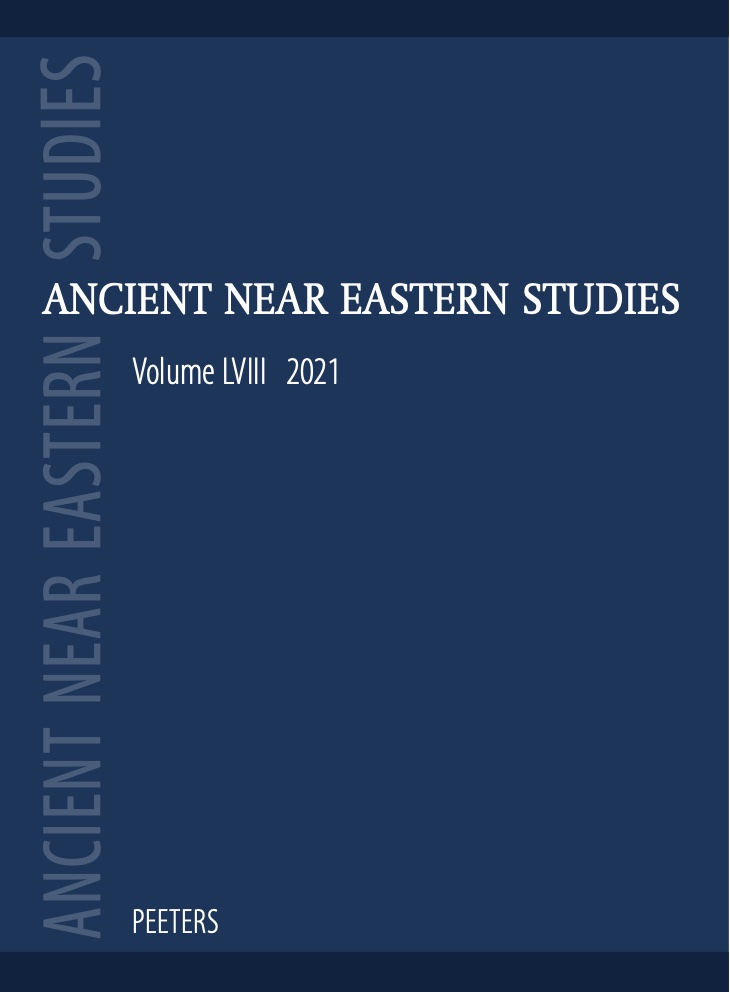 previous article in this issue previous article in this issue | next article in this issue  |

|
Document Details : Title: The Metallurgical Fundament of the Near East Religions Subtitle: A Bronze Age Perspective Author(s): AMZALLAG, Nissim Journal: Ancient Near Eastern Studies Volume: 58 Date: 2021 Pages: 287-319 DOI: 10.2143/ANES.58.0.3290208 Abstract : The association of copper metallurgy in Bronze Age Near East societies with cosmic forces, holiness, vitality, healing, death and the afterlife reveals a religious dimension to this craft. The affinities of copper metallurgy with the serpent symbol confirm its centrality in the development of Bronze Age religious concepts. The reason for this involvement, however, remains obscure. Since iron metallurgy did not enjoy the same religious prestige in the ancient Near East, its comparison with copper metallurgy is exploited here to elucidate why the latter became a main religious fundament. It is then concluded that the elevated status of copper metallurgy results from the interpretation of its production from ore as an act of creation of matter and of recycling corroded copper in a furnace as a process of rejuvenation and revitalisation. This representation fits especially well with the conditions of the emergence of copper metallurgy in the Southern Levant in the fifth millennium BCE, suggesting that the earliest expression of this religious dimension originated in that homeland. |
|
